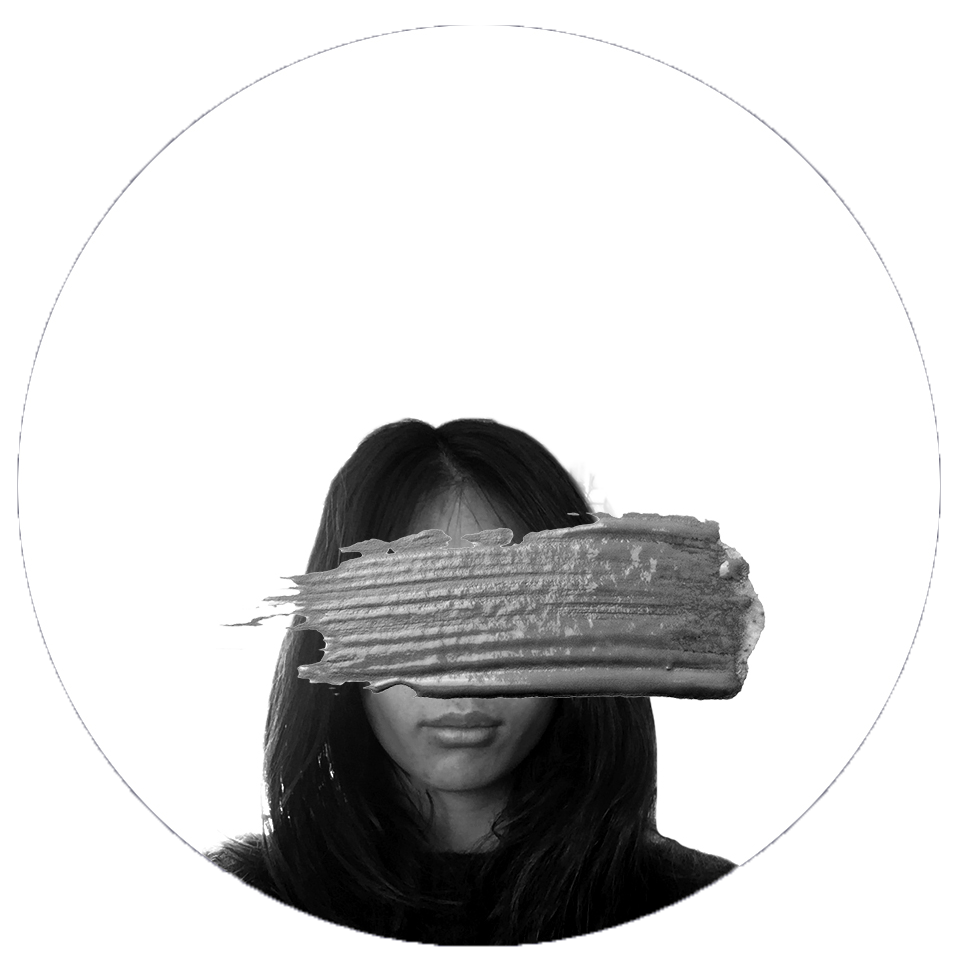Being trendy has a nice ring to it, hasn’t it? I’m a super trendy person, I wear Celiné, Acne and round Tom Ford glasses. Yes that’s right, “super trendy”. Well I’m being sarcastic and shit right now, but it has a nice sound to it, being trendy.
But I do think one needs to be aware of adopting trends right away, and be aware of how hard it is to create trends which will be understood by the user, and how hard it will be for the product to be relevant for the intended purpose. So I do believe it can be harmful to adopt trends, at least without any sort of critique. Without sounding like a complete pretentious ass hole, I would like to say that every client, every case and ever project is to some extent unique. And therefore it needs to be approached in different ways, because the end users for one project will not respond the same way to some design element as an end user for another project. Therefore trends can do more harm, than actually end up being the most suitable solution for just that project/client.
But bare with me, it is always nice to create things which speak to the time we now live in. But sometimes I do feel a little torn between what studies and results of user tests shows and what I actually find looks the best. It feels like always being an early adopter of what’s being “trendy” right now, from time to time creates products which won’t age well (I really don’t say I’m an early adapter, because I’m not). Products and design that stands out right now as trendy might not feel that trendy in a couple of years. And as fun it is to be an early adopter as harmful can it be in the long run, because I do believe it takes time to establish if a certain trend is actually here to stay.
Speaking about trendy, we can talk about how we as human beings learn how to interpret new design elements. I read this article about users’ exposure to so-called “flat design” (exactly what it sounds like). Because older people (born before 90’s), have learnt how certain design elements look like. For example say signifiers (buttons and links), over time designers and developers have taught us that links should look a certain way for example. Therefore they/we/me have more trouble understanding signifiers such as “ghost buttons” (buttons with only borders and transparent background). There is a lot of talk about depth learning in designing for digital platforms, we want to teach the users how to interpret our design in a much deeper way, than just creating elements which the users briefly understands what to do with in the given moment. The problem is that users’ behavior isn’t learnt from your site, it is learnt from ten other sites you had nothing to with, so trying to teach a users cognitive system to interpret an entire new design element just from your web page is not an easy task. Because it is the reason why most things look the same. But it doesn’t mean you can’t know about the latest trends or use them, it depends entirely what kind the intended purpose is for the product, I guess. Just a take on trends, this might just be all wrong.
//Moa
